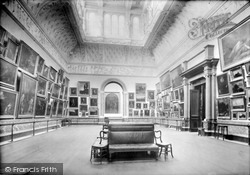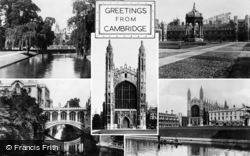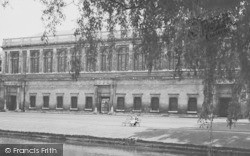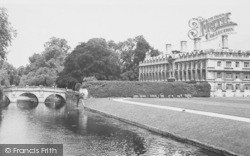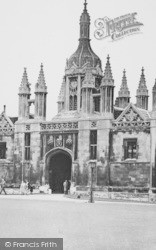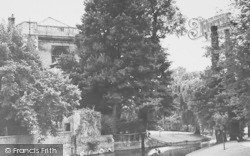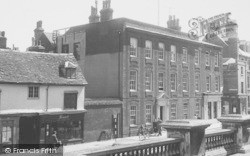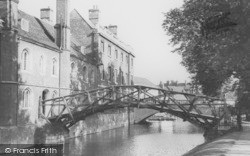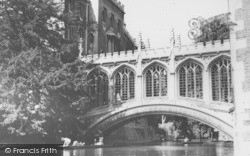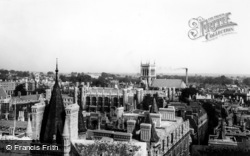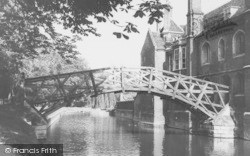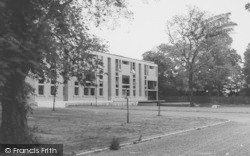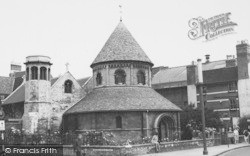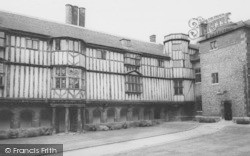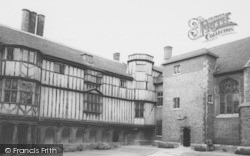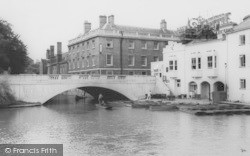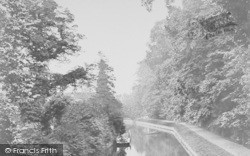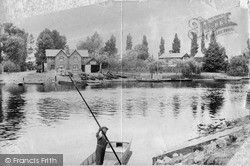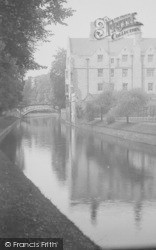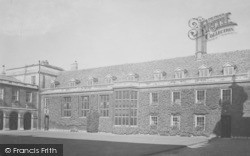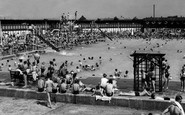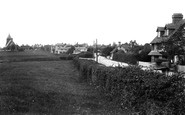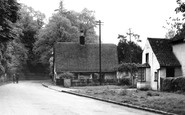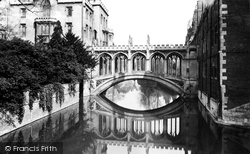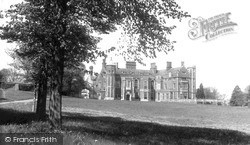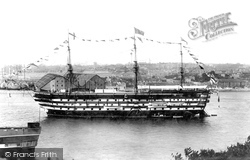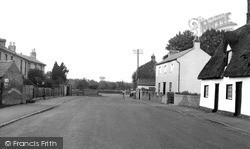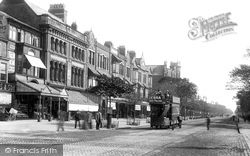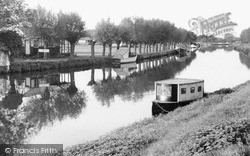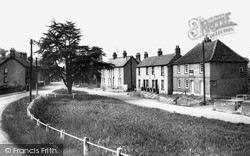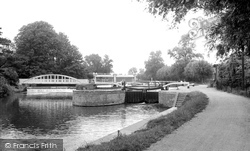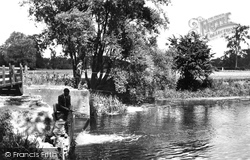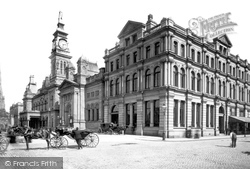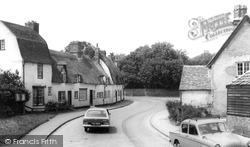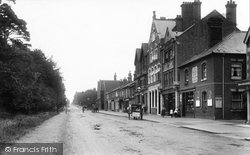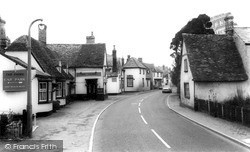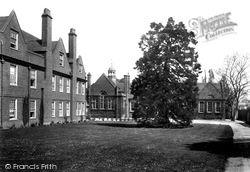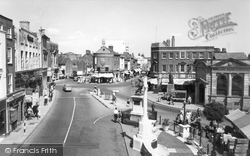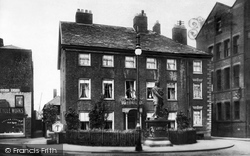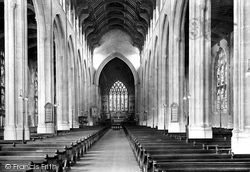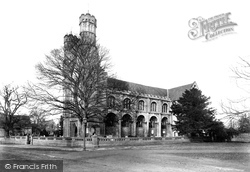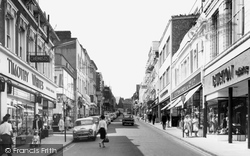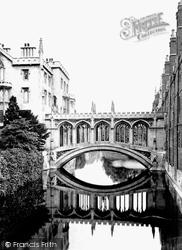Places
9 places found.
Those places high-lighted have photos. All locations may have maps, books and memories.
Photos
1,066 photos found. Showing results 81 to 100.
Maps
52 maps found.
Books
2 books found. Showing results 97 to 2.
Memories
156 memories found. Showing results 41 to 50.
Growing Up In Enfield
I remember the pool very well, I attended Suffolks Secondary Modern School in Brick Lane, just off the Great Cambridge Road, we walked to the pool for swimming lessons but if you could not swim the teachers did not bother to try ...Read more
A memory of Enfield in 1951 by
Evacuated To Burwash 1936/37
We were twin sisters, Audrey and Yvonne Long. We were evacuated to Burwash, I only have a photo of us sitting in a field somewhere with more young children of our age, and some younger. I have no memories of the area, ...Read more
A memory of Ticehurst in 1930 by
Early Accommodation For Leveringtons Fruit Pickers
It was after World War 1 that strawberry growing became important around the Wisbech area and as strawberry prices continued to rise so more and more strawberries were planted. Eventually, local ...Read more
A memory of Leverington in 1920 by
Hill Street Penybont
I used to visit my grandmother - who lived on the aptly named Hill Street - throughout my childhood. My Gran was Ruth Robbins (nee James) who lived all her life in Hill Street, two of her daughters and their families also ...Read more
A memory of Abertillery in 1952 by
Smallthorne As A Child
I was born at 27 Croft Court, Smallthorne, in 1948, my father was born at 8 Back Crof in 1920. From when he left school in around 1934, he went to work in the coal mines. During the war years he went to join the army and ...Read more
A memory of Smallthorne by
Those Were The Days 1
Growing up in the 50s and 60s in London's East End (well the Essex side of it). I was born on April 14th 1952 at Upney Hospital. I attended Northbury infants and junior schools and then went to Eastbury Secondary Modern. I ...Read more
A memory of Barking in 1950 by
Arkles Cafe
Hi Ann! I remember your cafe and Jim and you very well. Just returned to UK after 33 years in South Africa. How is your memory? The name is 'Cliff' Clavering. I'm now living near Cambridge. If you see this give me a call on 01353 864 428.
A memory of Seaburn by
My First And Lasting Impression Of Stirling University
It was in the summer of 1975 when I first travelled up to Stirling from Oxford, to spend a gloriously happy and memorable Open University summer school week at Stirling University ...Read more
A memory of University of Stirling in 1975 by
Milestone Cottage
My name is Jacqueline Erickson Morgan. I lived in Milestone Cottage from August 1968 - January 1971. I know this thatched cottage as Milestone Cottage; the name was due to the Milestone in front of the cottage that ...Read more
A memory of Little Shelford in 1968 by
Captions
140 captions found. Showing results 97 to 120.
Although the Cambridge version, built in 1831, has barred unglazed windows, the students passing through it were not necessarily looking their last upon the outside world, as the users of the original
Although the Cambridge version, built in 1831, has barred unglazed windows, the students passing through it were not necessarily looking their last upon the outside world, as were the users of the original
Madingley Hall was purchased by Cambridge University in 1948 for the Extra-Mural Board, their staff and research students. By 1950 the stables had been rebuilt to provide offices and accommodation.
Among the wooden walls to be seen at Devonport around 1904 were the gunnery training ships 'Cambridge' and 'Calcutta', the torpedo schoolship 'Defiance', the receiving ship 'Circe', and the training
With so many bicycles present this busy scene is more reminiscent of Oxford or Cambridge. Indentification of one's own on retrieval must have proved challenging!
The first village settlement was around a huge green beside the Car Dyke, a Roman ditch that connected Cambridge with Peterborough and the north.
On the right is the clock tower of Cambridge Hall; the clock and chimes were paid for by William Atkinson.
In the 17th century many people thought that the river Cam would dry up as a result of Vermuyden's drainage scheme; Cambridge university and the town both protested against the building of the Denver Sluice
It fell out of use when the St Ives to Cambridge railway was built in c1850. The house with the 'Sold' sign was the Swan Inn; like the other houses it was built on a bank above the dock.
North-east of Cambridge, the River Cam quickly becomes wooded on either side, setting an attractive scene here at Baits Bite Lock.
North-east of Cambridge, the River Cam quickly becomes wooded on either side, setting an attractive scene here at Baits Bite Lock.
It is here that the poet Byron is said to have swum naked with a choirboy from Cambridge.
The complex was built on a site previously occupied by a row of cottages adjacent to Cambridge Hall, and opened in 1878 having cost around £14,000.
The Cambridge Cottage Improvement Society bought them in 1938 for £150, and with a grant, Wrights Row was repaired and modernised. This scene has not changed at all in the past 45 years.
We are now looking towards Bagshot, with the Cambridge Hotel the last building on the right.
The number of inns in Sawston is proof of its importance: it was on the coaching routes between Cambridge and London, and from Norwich to the south-west.
They were opened by the then Master of Trinity College Cambridge, the Reverend Butler.
This view looks east past the much-reduced George pub, with Burton's facade beyond, to the junction of Cambridge Street at the left and High Street to the right of the Round House.
To the right one can just see the Cambridge Tea-Rooms, a smart place to have morning coffee or afternoon tea. Further up on the right is Whites Garage, with the clock outside.
From 1757 until 1762 this had been the earlier site of a higher education institution for Nonconformists, who were barred by law from attending Oxford or Cambridge University.
This shows the early 16th-century nave and aisle designed by John Wastell, the architect of King's College, Cambridge. Sir George Scott designed the hammer-beam roof and the chancel (1865-69).
In 1579, 146 tons of stone were shipped from here to Cambridge for the new chapel of Corpus Christi.
Parked outside Timothy Whites (left) is a 1954 Austin A40 Cambridge saloon. There were over 600 Timothy Whites chemists across the UK.
Although the Cambridge version, built in 1831, has barred unglazed windows, the students passing through it were not necessarily looking their last upon the outside world as were the users of the original
Places (9)
Photos (1066)
Memories (156)
Books (2)
Maps (52)




